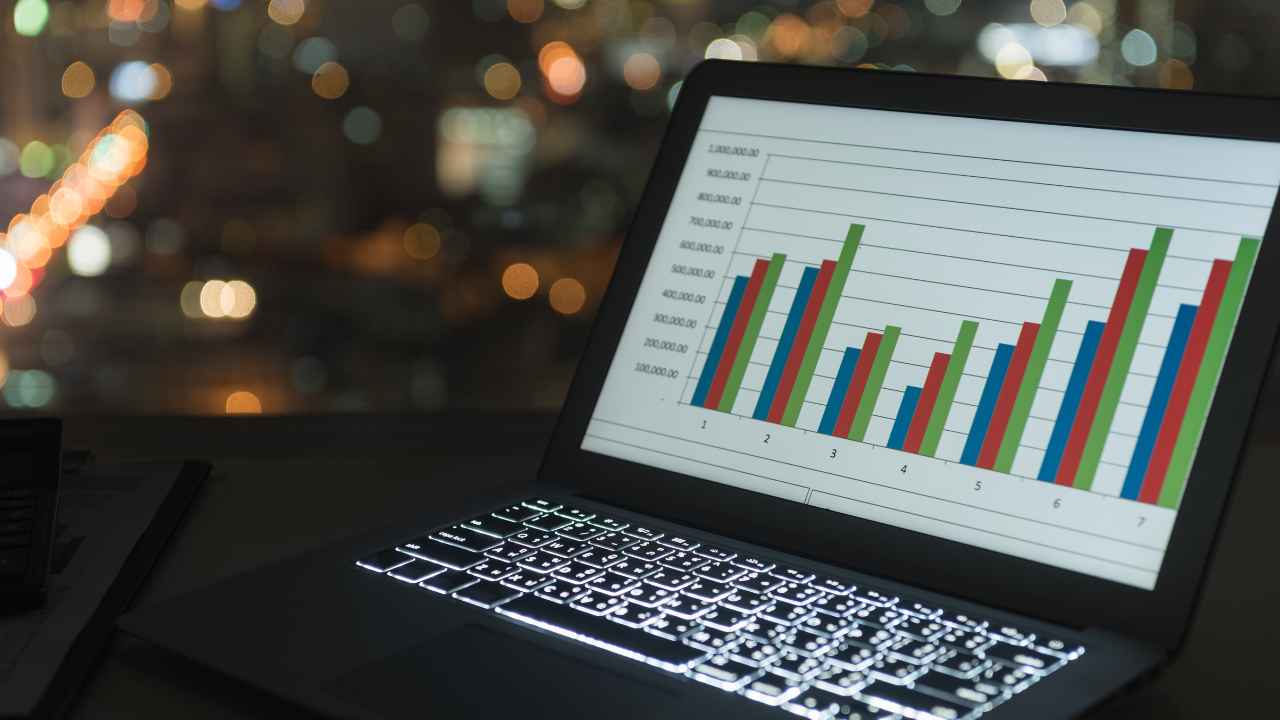Tuesday Jul 23 2024 06:28

8 min

As an investor, understanding market volatility is crucial for making informed decisions. One of the most widely used tools for measuring market volatility is the CBOE Volatility Index, commonly referred to as the VIX.
In this article, I will provide a comprehensive overview of the VIX and explain its significance in investment analysis.
The CBOE Volatility Index, or VIX, is a real-time market index that reflects the market's expectation of future volatility. It is often referred to as the "fear gauge" as it measures the level of fear or uncertainty in the market. The VIX is calculated using options prices on the S&P 500 index and is expressed in percentage points.
The VIX measures market volatility by analysing the prices of options on the S&P 500 index. Options are financial derivatives that give investors the right, but not the obligation, to buy or sell an asset at a specific price within a certain time frame. By analysing the prices of options, the VIX calculates the expected volatility over the next 30 days.
The VIX is calculated using a complex formula that takes into account the prices of various options with different strike prices and expiration dates. The higher the VIX level, the higher the expected volatility in the market.
The VIX is an important tool in investment analysis as it provides valuable insights into market sentiment and risk appetite. By monitoring the VIX, investors can gauge the level of fear or complacency in the market. High levels of the VIX indicate increased uncertainty and potential market downturns, while low levels suggest a more stable market environment.
Investors can use the VIX to make informed decisions about their investment strategies. For example, during times of high volatility, investors may choose to reduce their exposure to risky assets or implement hedging strategies to protect their portfolios. Conversely, during periods of low volatility, investors may be more willing to take on higher levels of risk.
Take time to read this important article: Portfolio Management Tools For Trading

Understanding how to interpret VIX levels is key to utilising the index effectively. Generally, VIX levels below 20 indicate low volatility and a relatively stable market environment. Levels between 20 and 30 suggest moderate volatility, while levels above 30 indicate high volatility and increased market uncertainty.
It is important to note that the VIX is not a directional indicator. It does not predict whether the market will go up or down but rather measures the expected magnitude of price swings. Higher VIX levels indicate larger expected price swings, while lower levels suggest smaller expected price movements.
Several factors can influence the VIX and its levels. Economic data releases, geopolitical events, and market sentiment can all impact market volatility and subsequently affect the VIX. For example, negative economic data or geopolitical tensions can lead to higher VIX levels as investors become more uncertain about the future direction of the market.
Additionally, the VIX is influenced by supply and demand dynamics in the options market. Increased demand for options as a hedging tool or speculation can push up the prices of options and consequently increase the VIX. Conversely, reduced demand for options can lower the VIX.

While the VIX is a widely used tool for measuring market volatility, it is important to recognise its limitations. The VIX is based on options prices and may not accurately reflect the true level of market volatility. Additionally, the VIX is a short-term indicator and may not provide a complete picture of long-term market trends.
Furthermore, the VIX is specific to the U.S. stock market and may not apply to other markets or asset classes. Investors should consider other indicators and factors when making investment decisions and not rely solely on the VIX.
While the VIX is the most well-known index for measuring market volatility, there are alternative indicators that investors can consider. One such alternative is the VXN, which measures volatility in the Nasdaq 100 index. Another alternative is the VVIX, which measures the volatility of the VIX itself.
Additionally, investors can use technical indicators such as Bollinger Bands or Average True Range (ATR) to measure market volatility. These indicators use historical price data to calculate volatility levels and can provide valuable insights into market conditions.
The CBOE Volatility Index (VIX) is a valuable tool for investors to measure market volatility and gauge market sentiment. By understanding the significance of the VIX and its implications, investors can make more informed decisions about their investment strategies.
However, it is important to recognise the limitations of the VIX and consider other indicators and factors when making investment decisions. The VIX should be used as part of a comprehensive investment analysis toolkit to assess market conditions and manage risk effectively.
Open a trading account now and start trading CFDs!
“When considering “CFDs” for trading and price predictions, remember that trading CFDs involves a significant risk and could result in capital loss. Past performance is not indicative of any future results. This information is provided for informative purposes only and should not be considered investment advice.”